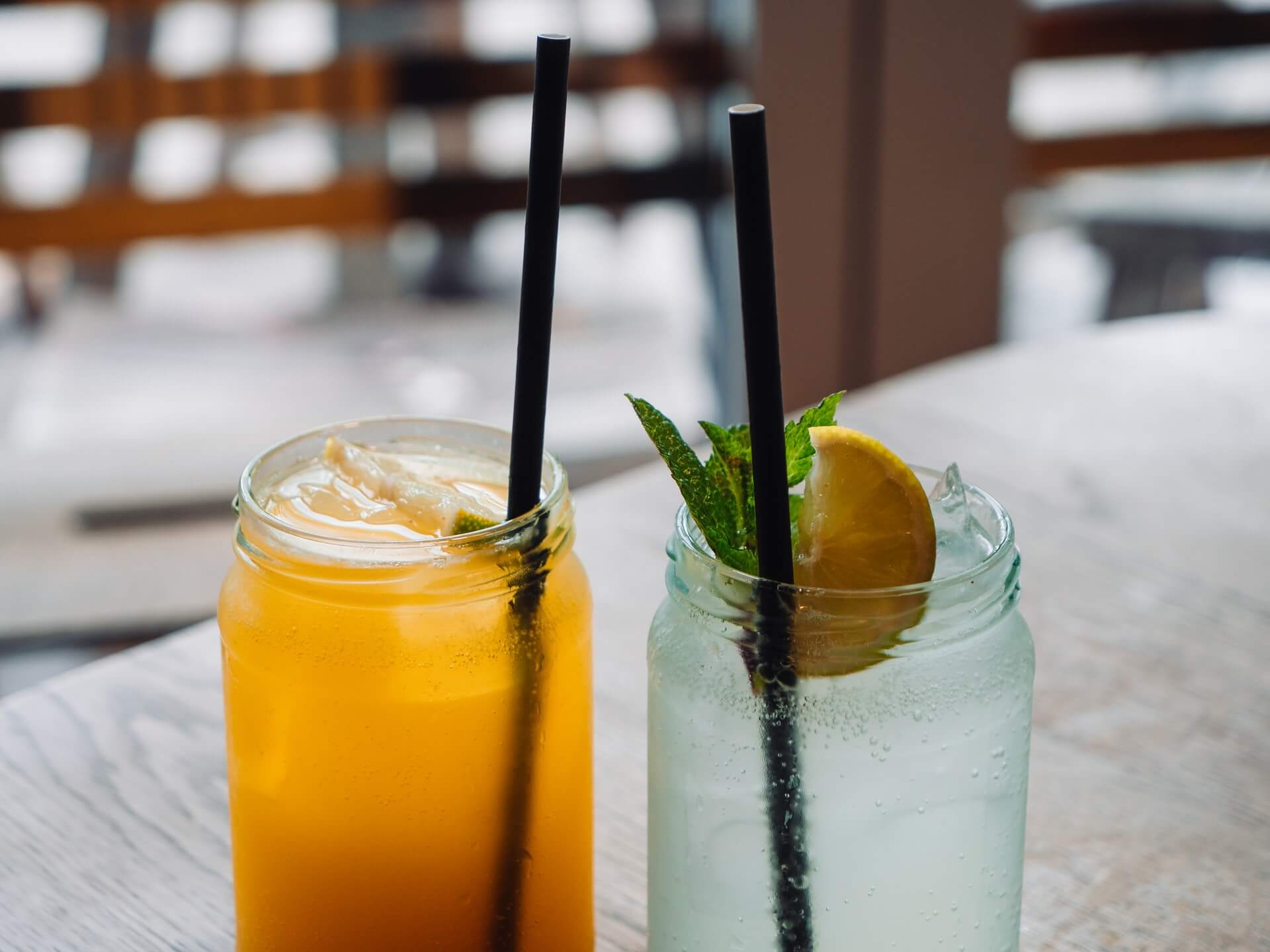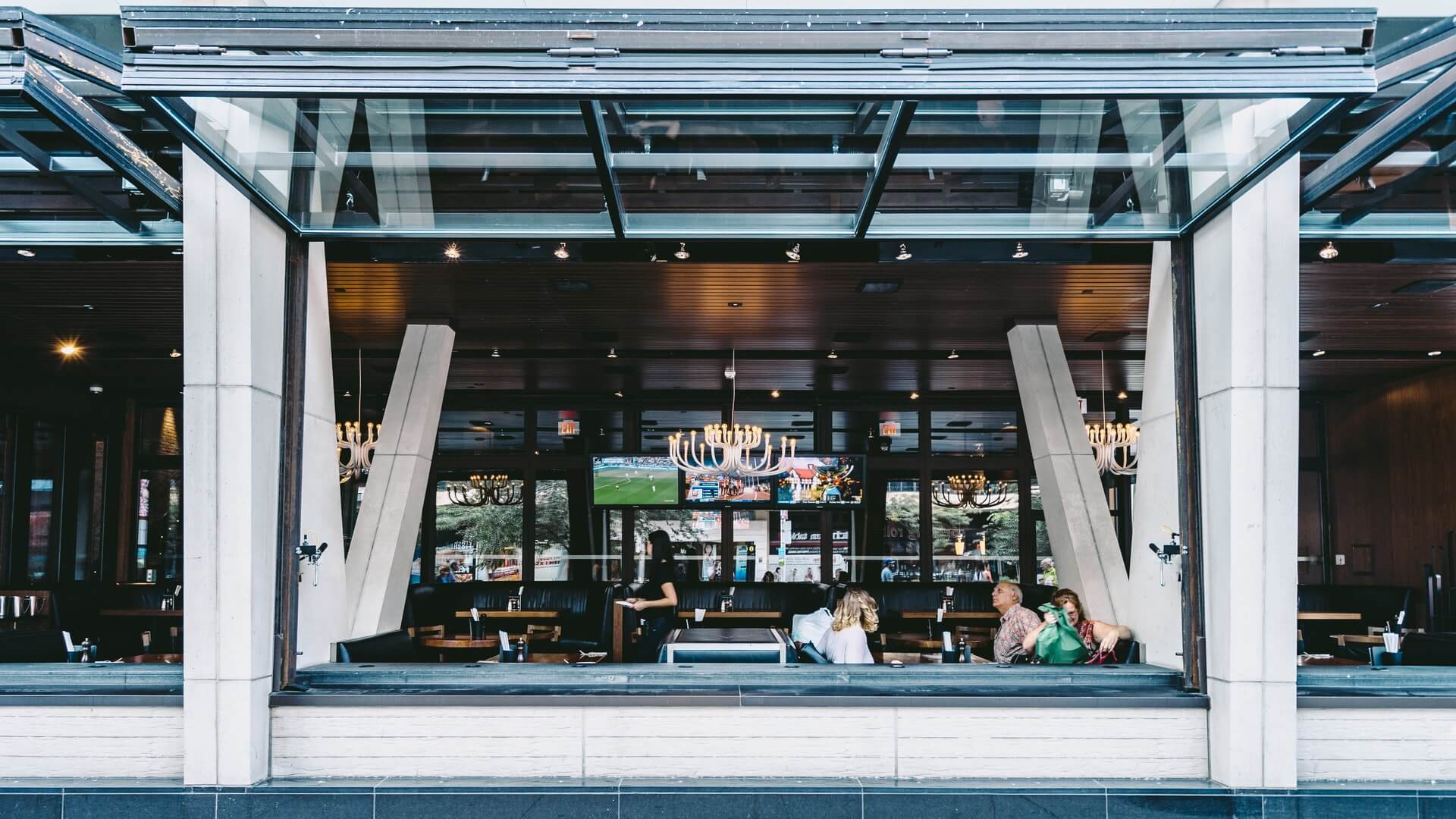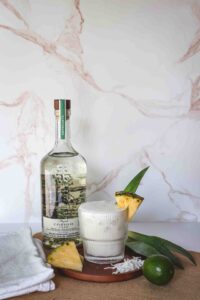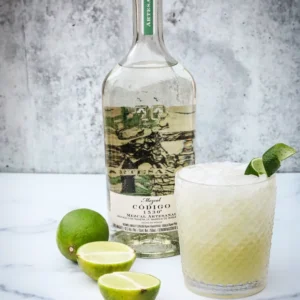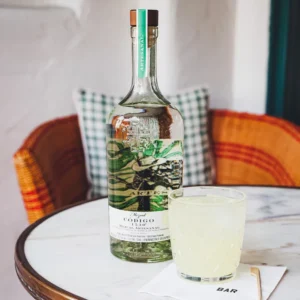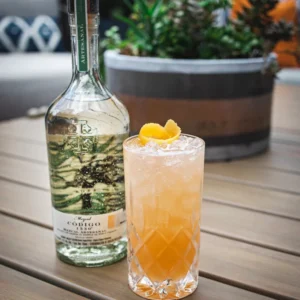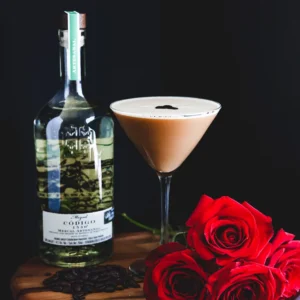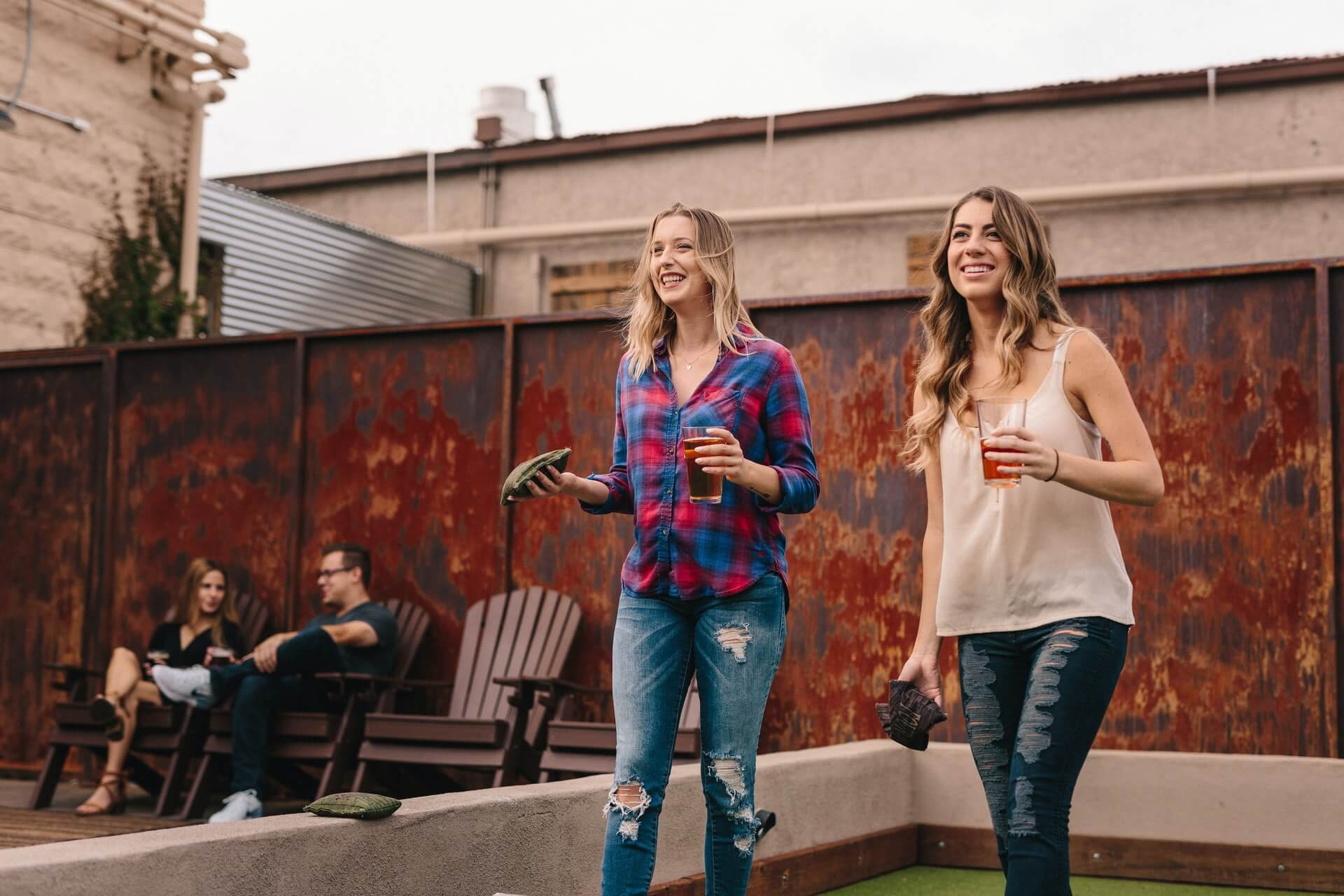Datassential Identifies Limited-time-offer Keys
by David Klemt
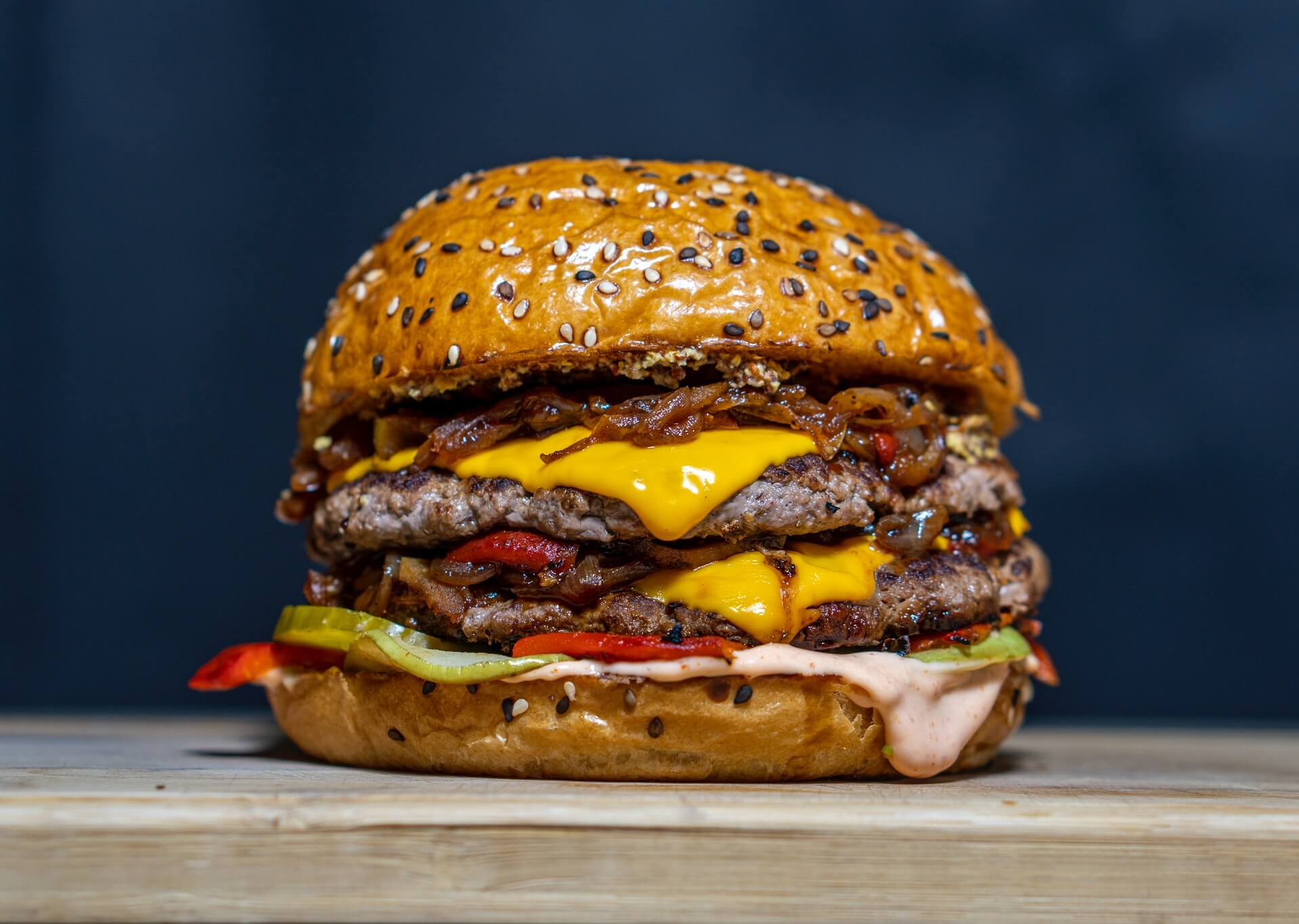
Food and beverage market research firm Datassential turns their attention to limited-time offers in one of their latest reports.
Part of the FoodBytes series of resources, “A Look at Limited-time Offers” is a free Datassential trend report. If you have yet to do so, sign up for Datassential FoodBytes reports.
There are several ways for savvy operators to drive traffic. Loyalty programs and subscriptions are two popular modern-day solutions.
However, the LTO is tried, true, and can boost traffic, engagement, loyalty, sales, and revenue.
Of course, there are different ways to execute LTOs. There’s the recurring, anticipation-driving item: McDonald’s McRib. Then there’s the seasonal offering: Starbucks Peppermint Mocha. And the return of a popular item eliminated years prior: Taco Bell Mexican Pizza and Wendy’s Spicy Chicken Nuggets.
Some LTOs have been going strong for years, others are leveraging a sense of nostalgia. In fact, some appear to be a direct response to Internet chatter.
Which LTO?
Per Datassential, 63 percent of LTOs most recently purchased by consumers were impulse decisions. And when the firm dives into LTOs in general, they find that one product stands above the others.
The top-performing LTO food item in terms of order frequency is the burger.
Now, does that mean you have to menu an LTO burger to succeed with this type of promotion? Of course not.
A successful LTO is one that’s authentic to your brand. And, clearly, it needs to be one that interests your guests. If you’ve been reading KRG Hospitality articles for a while, you know what I’m going to say next.
But for those who are new around here, I’m going to tell you to review your consumer data. What items are performing best? What flavors are resonating with your guests?
Now, look at the industry. What flavors and items are trending? How can you leverage them—in an authentic way—into an LTO?
If a burger may not work, will a different type of sandwich do the job? How about nuggets, breakfast items, a dessert, or a beverage?
Know your brand, know your guest, know what’s bringing the heat.
How Long?
Once you know what you’re offering, the next question should be obvious. How long are you going to make it available?
Every concept is different. What works for one may not work for another. However, analyzing what others do in terms of LTO duration and frequency can help inform you.
And as it turns out, Datassential’s latest FoodBytes report addresses “LTO cadence.”
The majority of operators—43 percent—run an LTO once every one to three months. Considering the popularity of seasonal LTOs, this frequency makes sense.
Interestingly, a quarter of operators offer an LTO more than once per month. Just about as many execute one every three to six months.
Far, far less common is running an LTO once every six to 12 months. In fact, this is the approach of just seven percent of operators. A mere two percent of operators run an LTO less than once every 12 months.
Again, there’s no “right” answer here. Some operations can succeed with multiple LTOs each month, some find success rarely offering one at all.
Takeaway
Operators know their brands best. They should know their guests equally as well, or at least strive to do so. As such, an operator should have an idea of what to offer in terms of LTO food or beverage items.
And, of course, operators should data-obsessive. That’s the only real way to have an idea of what LTOs will work, how often they should run, and how frequently one should be available.
But there’s more to know. Datassential also reveals challenges that deserve serious consideration before executing any LTO:
- Do you have time to train staff on the new item?
- Is your staff strong when it comes to upselling?
- Will your guests complain when the new product is no longer available?
- Do you have to source one or more ingredients for this item?
- Is/Are the ingredient(s) necessary readily available?
The LTO is a proven marketing and promotion tool when done well. Challenging, yes, but worth the effort.
Image: amirali mirhashemian on Unsplash



